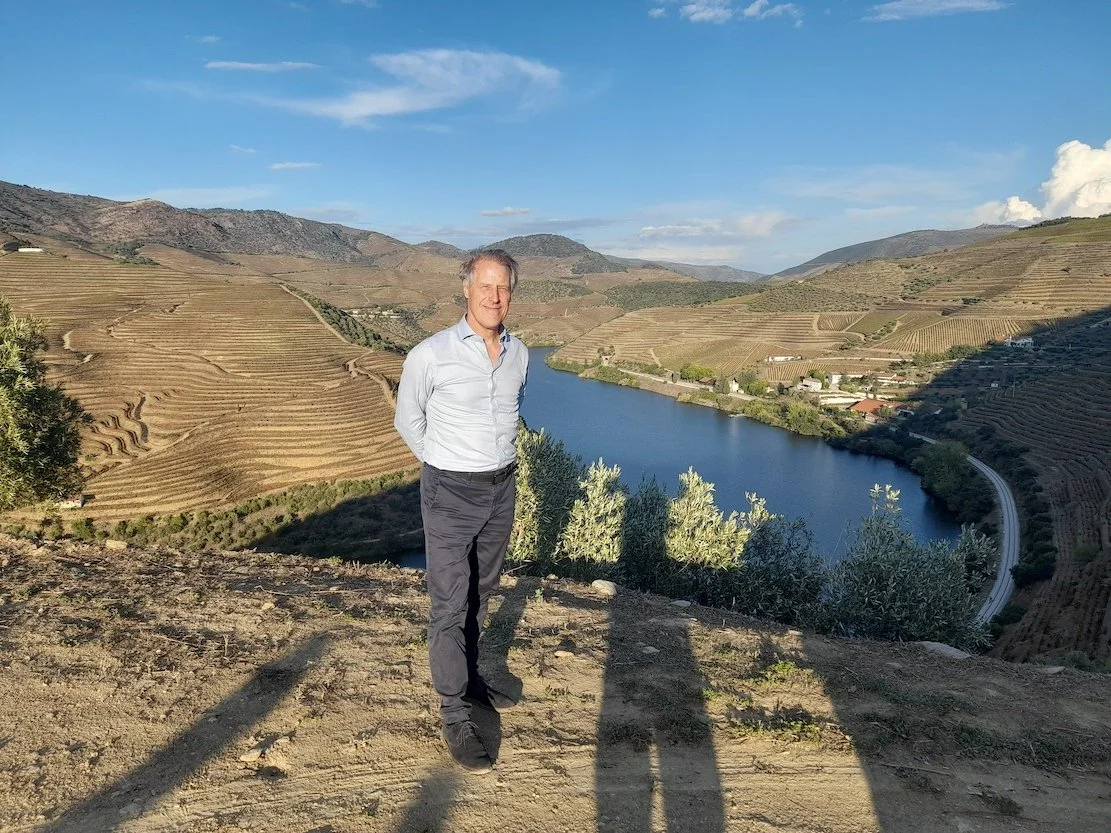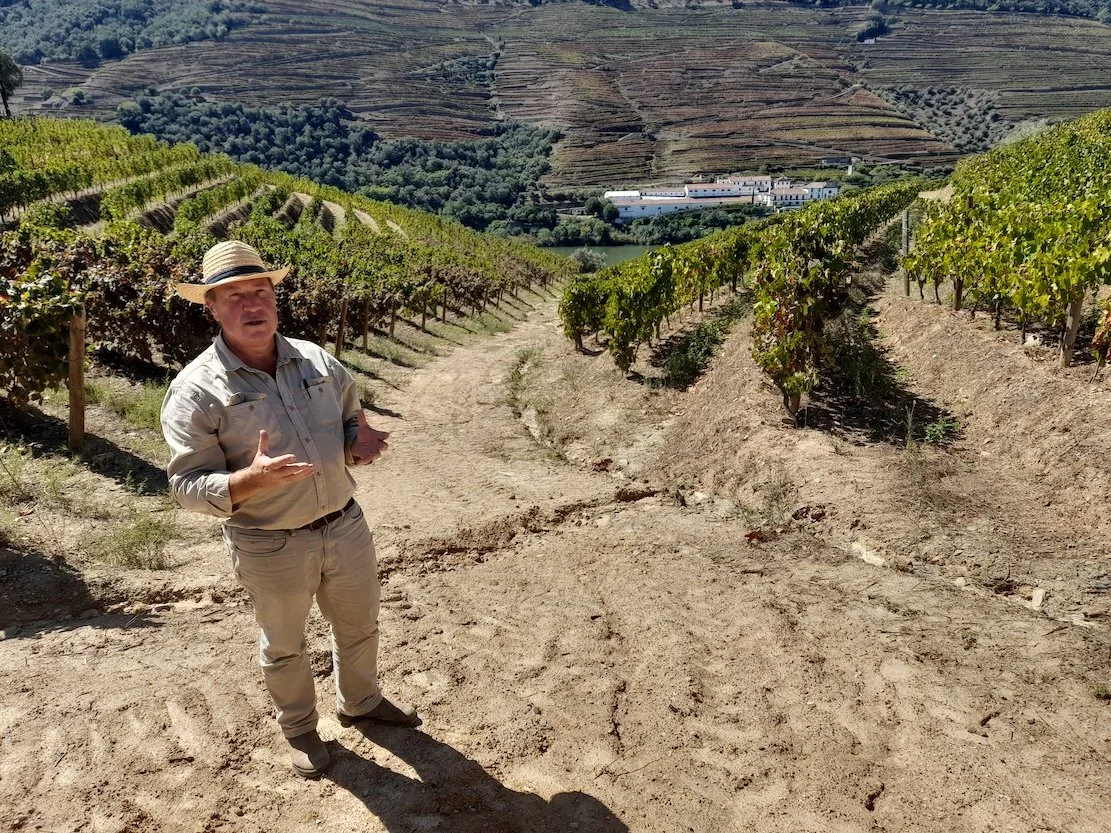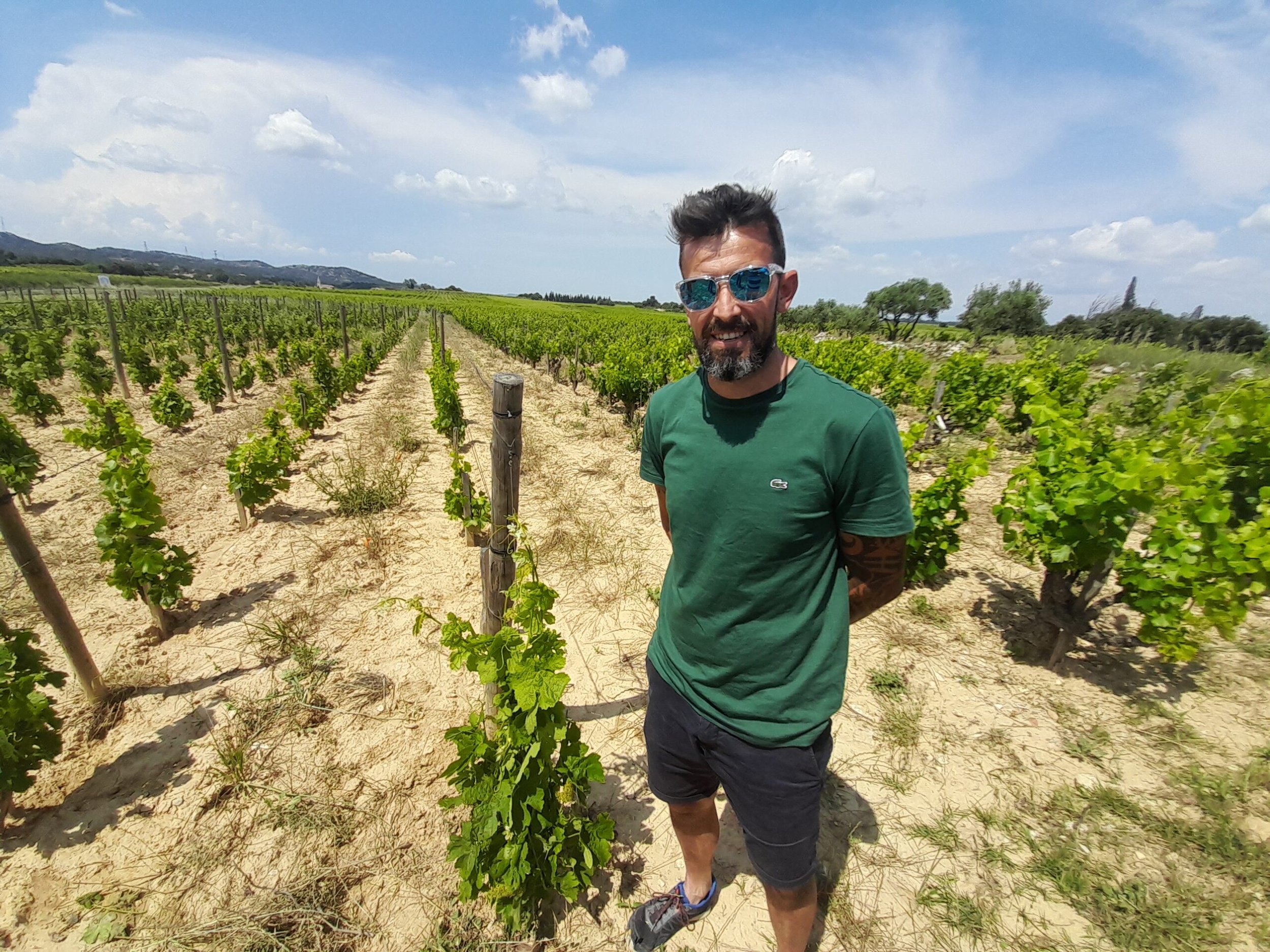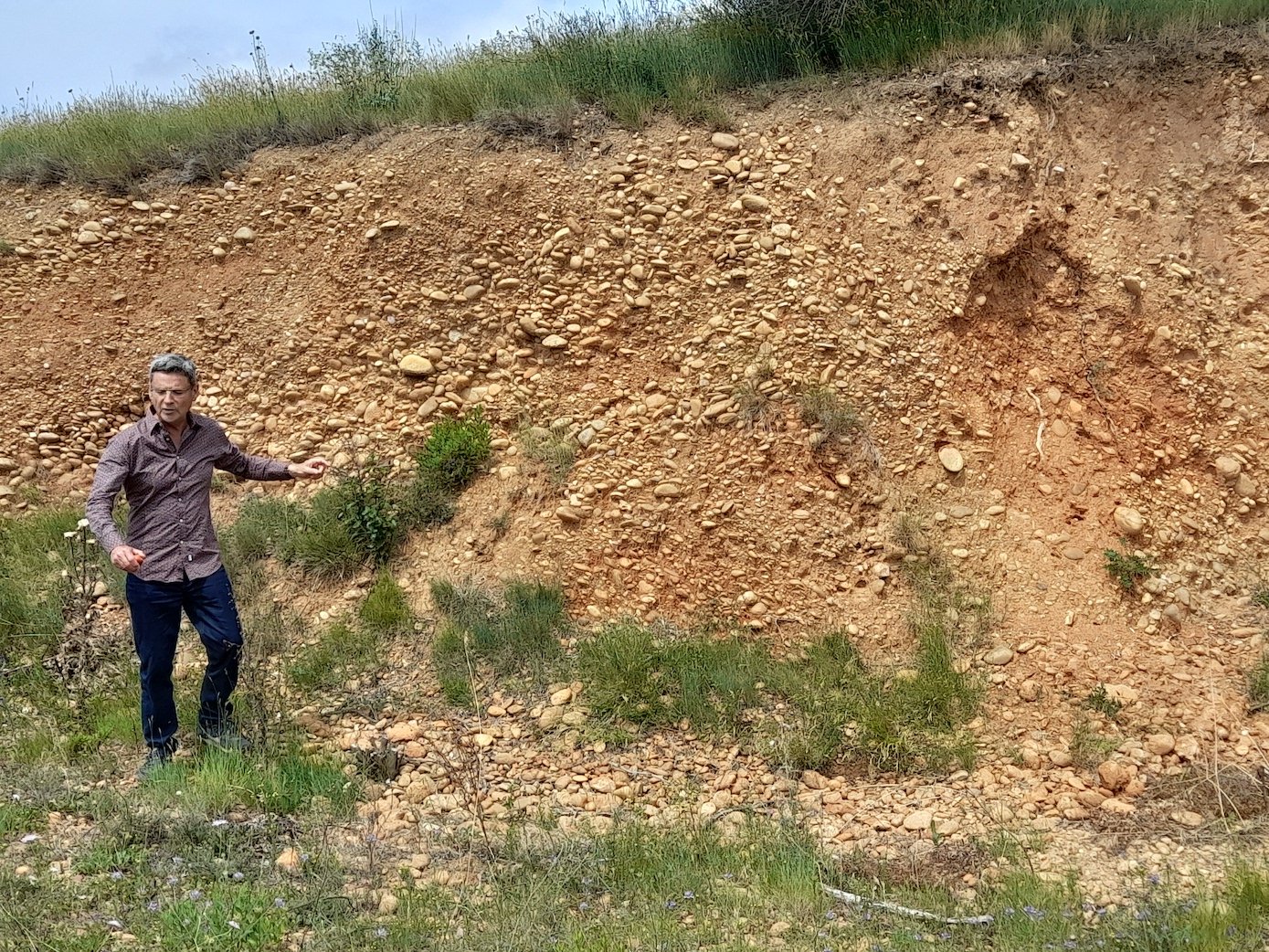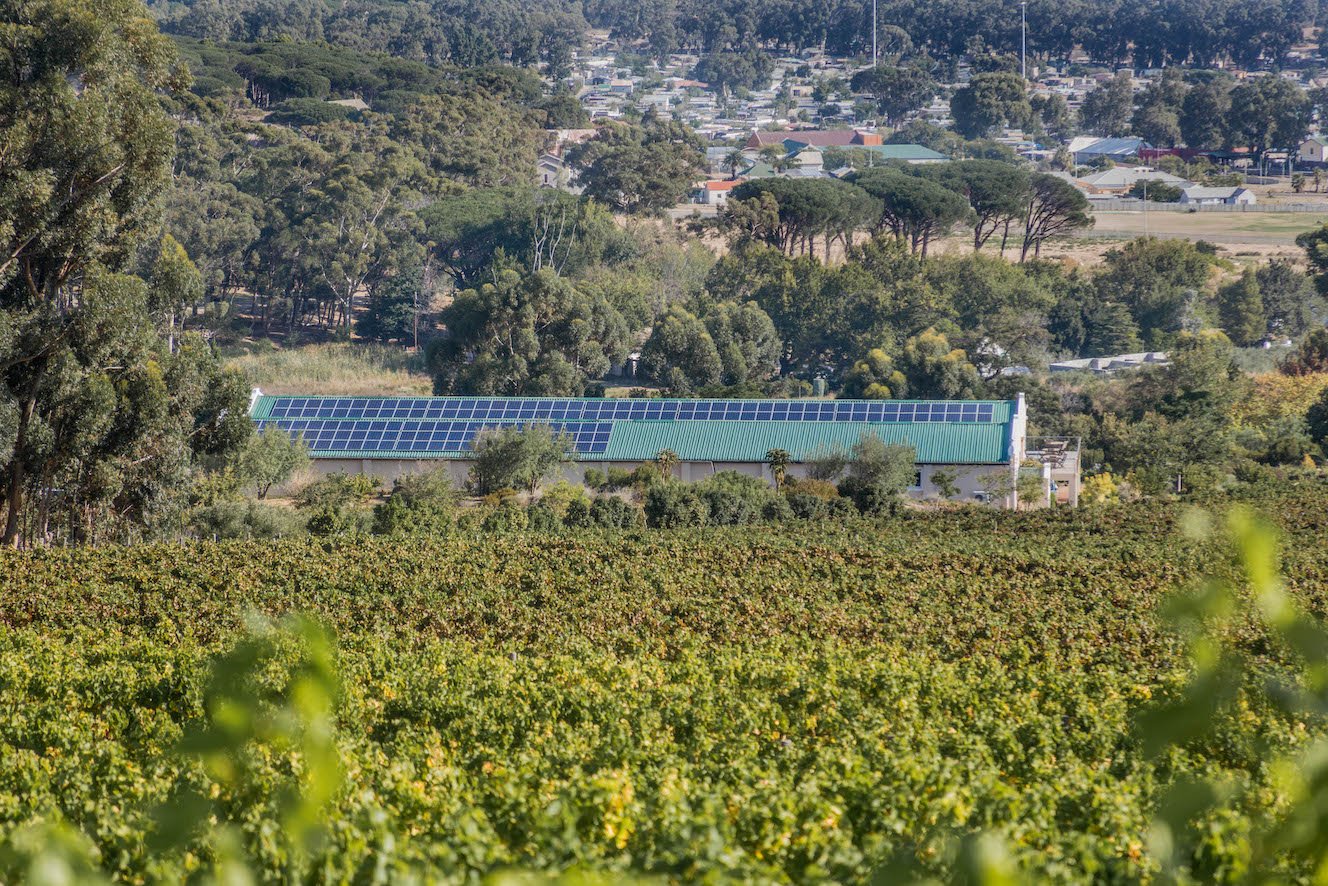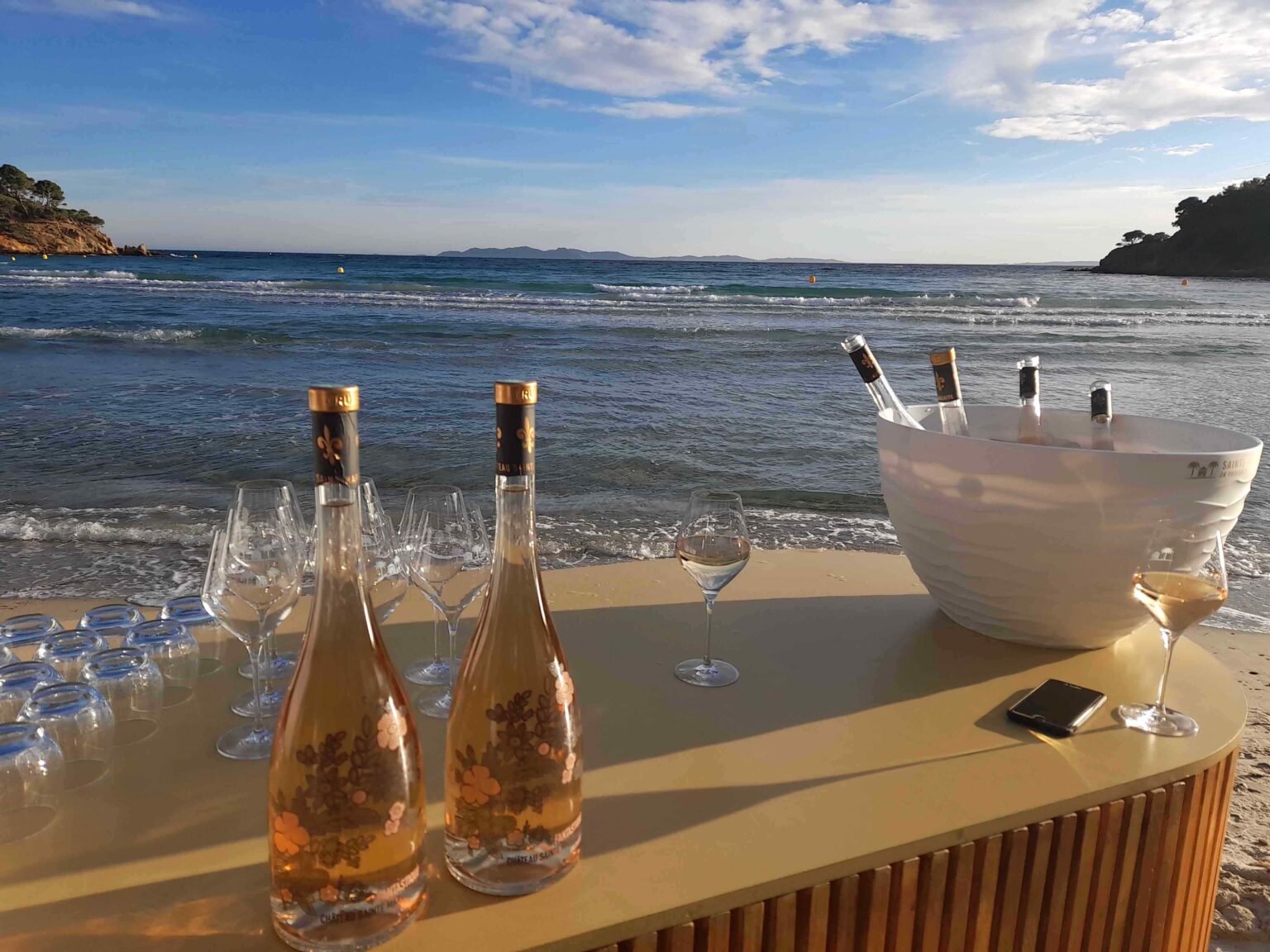All in the finish: Geoffrey Dean on three special spirits
The Christmas spirit is what you drink, argues Geoffrey Dean, as he picks out three that caught his palate in the run-up to the festive period. Two sell themselves on their special finishes: it’s a first for St-Rémy with its eau de vie finished in Calvados casks for the first time, and a one-off as master blender doesn’t like repeating these aged releases; then there’s Colección Visionaria Edición 01, which is an 18 year-old Brugal rum that has been finished in barrels toasted with cacao beans; and with budget thrown to the wind keep your eye out for the Highland Park Single Cask #4627 18-Year-Old London Edition which was finished in sherry-seasoned oak.
By Geoffrey Dean December 22, 2023
St-Rémy, the Loire-based company which exports all of its annual production of 600,000 8-litre cases, has released a limited edition XO brandy in its Cask Finish Collection that has been aged in Calvados casks for the first time. Master blender, the highly experienced Cécile Roudaut, who gets a mention on the back of the eye-catching Lucas Beaufort-designed packaging, told The Buyer about the philosophy behind this limited edition, of which just 12,850 bottles were made. She revealed how this is the first St-Rémy ‘eau de vie’ that has been finished (for 12 months) in Calvados casks, which came from Château du Breuil, the Normandy producer.
St-Rémy master blender, Cécile Roudaut
“For this XO, part of our collection with different finishes, there is no particularity on the liquid, but in the past I have used rum, sherry, port, Sauternes and others,” Roudaut said. “For this last edition, I wanted to work with a French product which is why I picked Calvados. I wanted to work with a house that shared the same ideas of transparency, care with the terroir and collecting very carefully the raw materials. We share exactly the same philosophy with Château du Breuil, which is why we exchanged casks. It’s a great expression for us – it gave apple, cinnamon, apple pie and candied fruit notes but also a lot of freshness. I tasted every three months to monitor the maturation to have sufficient notes of apple but not too much as I wanted to keep the St-Rémy DNA. This is the first time I have used Calvados casks, but it will be the last as I have a lot of trials in my cellar and do not want to do the same thing two times.”
A rum deal
Meanwhile, rum lovers should be aware of the superlative new release of a Brugal 18-year old, named Colección Visionaria Edición 01, the first edition in a multi-part series, that also has a special finish. Its point of difference is its finishing in new French oak casks toasted with cacao beans from the producer’s home country, the Dominican Republic.
“We took a double aged reserve that had been aged in Bourbon and Oloroso vessels, and then finished this liquid in virgin French oak casks, toasted with cacao beans,” a Brugal spokesperson said. “The rum is crafted using the world’s first aromatic cask-toasting technique developed by Brugal family member and fifth generation rum master, Jassil Villanueva Quintana.” When appointed in 2011 aged 24, Quintana was the youngest ever female rum master.
The result is a magnificent rum of extraordinary complexity and length, and well worth its RRP of £80 (available at The Whisky Exchange, Master of Malt and Berry Bros & Rudd). A cornucopia of gloriously diverse, rich notes flood the palate – dark chocolate and coffee, caramel, toffee, almonds, toasted nuts, vanilla, dried fruits and orange peel.
Highland games
Whisky drinkers wanting a truly special tipple over Christmas might want to consider a new single cask release from Highland Park. The Orkney distillery’s Highland Park Single Cask #4627 18-Year-Old London Edition (58.8% abv) has an RRP of £390, with 642 bottles having been originally made available through Edrington UK.
The cask, from one of Highland Park’s 23 stone warehouses, was hand selected by master whisky maker, Gordon Motion. The whisky, distilled in 2002 and bottled in 2021, was matured in a refill sherry-seasoned European oak cask. Light golden in colour, it exudes earthy, smoky tones with a deep, rounded nose of vanilla sponge, oak and nutmeg. Flavours of pears, aniseed and rich cedar wood filter across the palate, along with a gentle peaty note and sweet spice.
“Some of our most outstanding single-cask bottlings come from refill casks, as they have often previously held whisky for only a short period of time, so have much to give in subsequent maturation,” Motion said. “I’m looking for the exceptional – a unique aroma, an outstanding character or simply a superb example of Highland Park’s uniquely complex balance of flavours. This cask was marked out by its particular marriage of diverse yet harmonious flavours. When it comes to whisky that’s matured for 18 years and more, I have fewer casks to choose from, so those in our single cask series are, quite simply, the most exceptional Highland Park casks available. By bottling at cask strength, we encourage whisky enthusiasts to experiment with adding water or ice to reach their preferred drinking strength and flavour.”





















